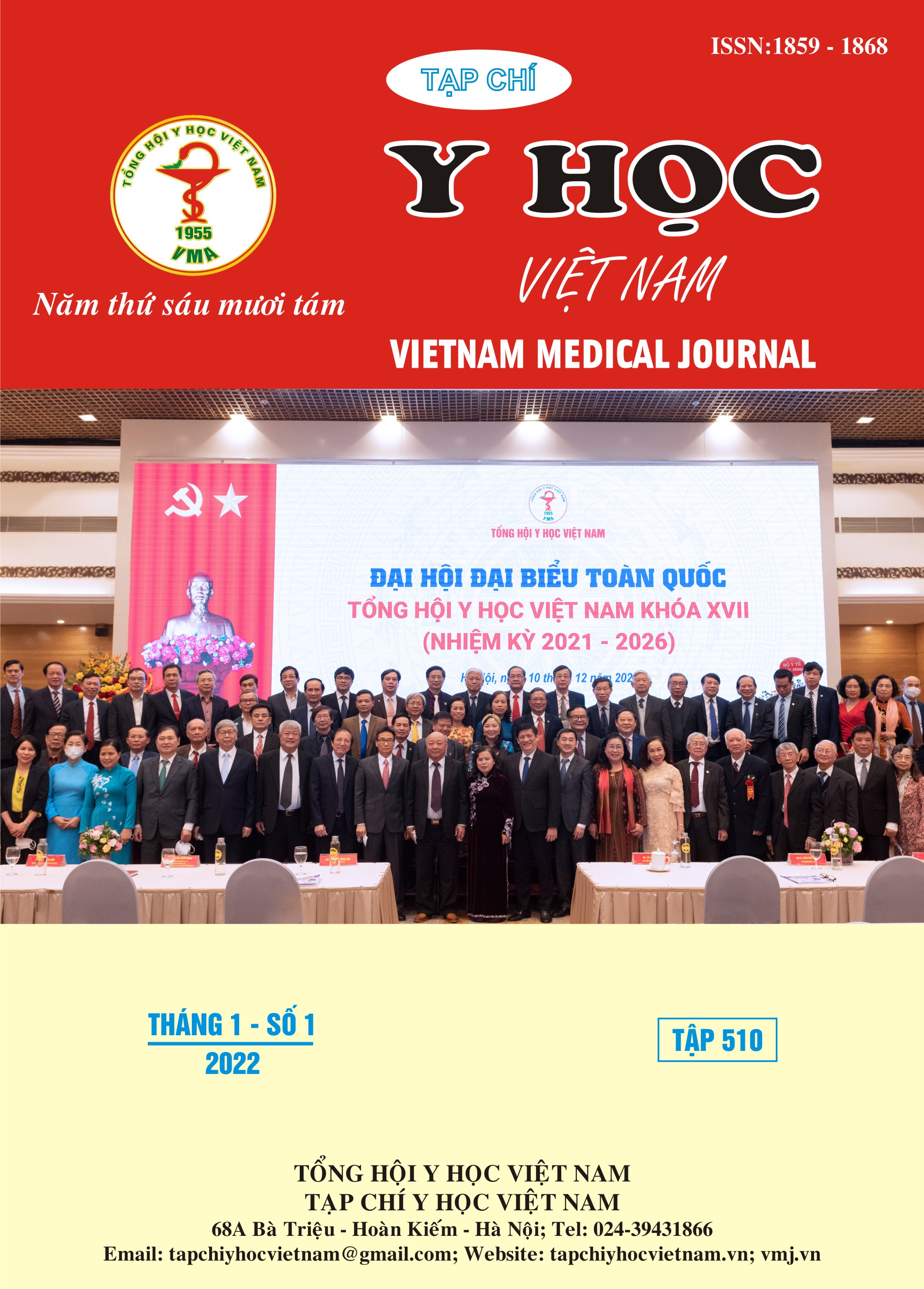CHARACTERISTICS OF CLINICALLY IN COMMON BILE DUCT STONE PATIENTS ARE ASSOCIATED WITH PERIAMPULLARY DUODENAL DIVERTICULAR
Main Article Content
Abstract
Objective: Periampullary diverticula (PAD) are not uncommon findings during endoscopic retrograde cholangiopancreatography, but its clinical significance had not been established. To investigate the clinical characteristics associated with PAD and their relationships with the type and size of PAD in patients with common bile duct (CBD) stones was aimed. Subjects and methods: Sixty patients undergoing endoscopic retrograde cholangiopancreatography between July 2019 and September 2020 were consecutively enrolled, and their demographics, laboratory data, and CBD stone-related characteristics according to PAD type and PAD size were analyzed. Results: Mean age, mean size of CBD stones in patients with CBD stones differed in patients with CBD stones according to the presence or absence of PAD. The commonly presence of PAD was PAD type II, cholangitis symptoms were the similar in two groups with PAD or without PAD. The severity of cholangitis according to Tokyo classification was higher in the group with PAD than in the group without PAD, but not statistically significant. Conclusions: PAD are associated with older patients CBD stones and severe cholangitis with CBD stones.
Article Details
Keywords
Cholangitis, common bile duct gallstones, diverticulum
References
2. Løtveit, T., et al., Studies of the choledocho-duodenal sphincter in patients with and without juxta-papillary duodenal diverticula. Scand J Gastroenterol, 1980. 15(7): p. 875-80.
3. Egawa, N., et al., The role of juxtapapillary duodenal diverticulum in the formation of gallbladder stones. Hepatogastroenterology, 1998. 45(22): p. 917-20.
4. Osnes, M., et al., Duodenal diverticula and their relationship to age, sex, and biliary calculi. Scand J Gastroenterol, 1981. 16(1): p. 103-7.
5. Okuno, M., et al., Significance of Endoscopic Sphincterotomy Preceding Endoscopic Papillary Large Balloon Dilation in the Management of Bile Duct Stones. Dig Dis Sci, 2016. 61(2): p. 597-602.


